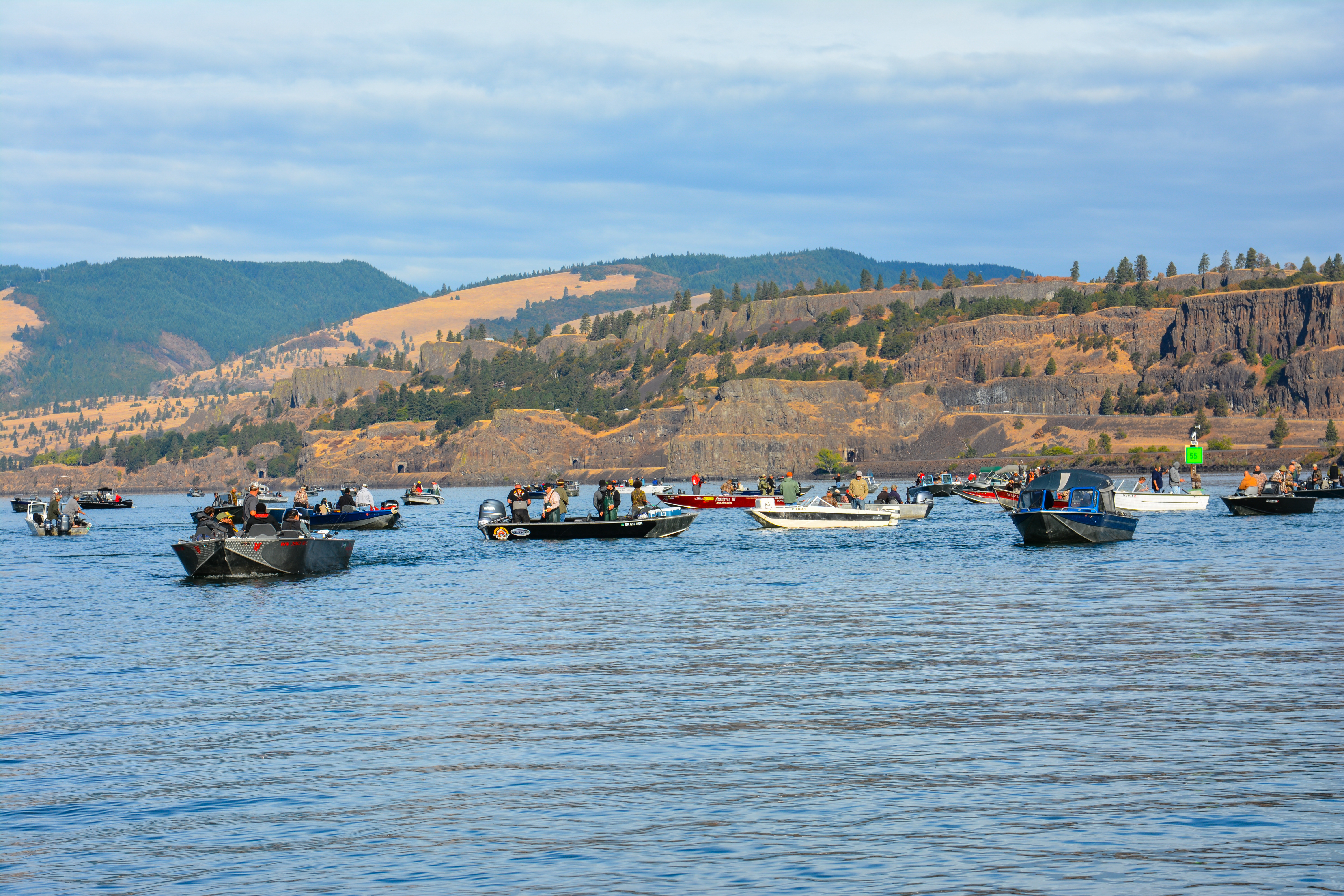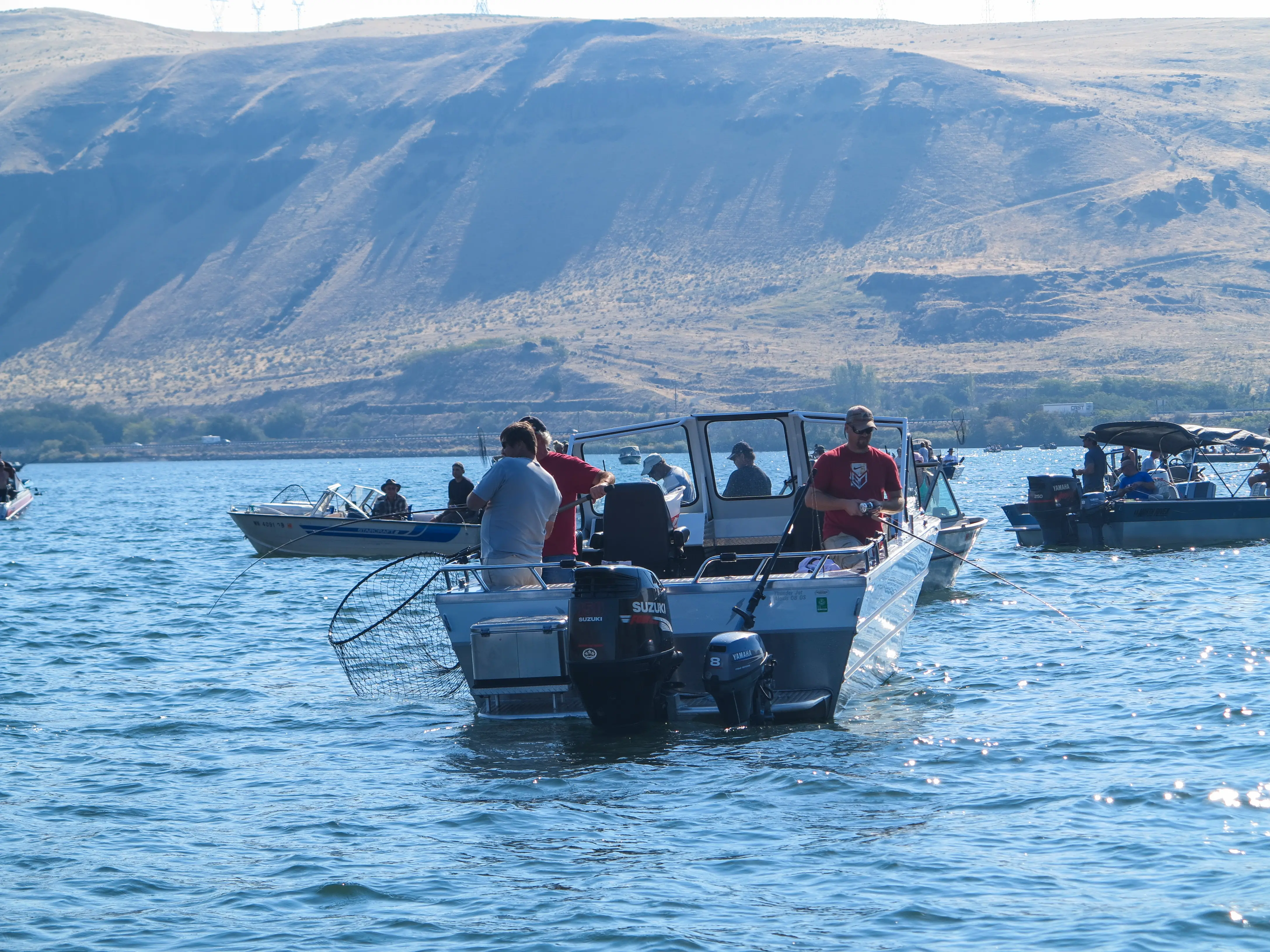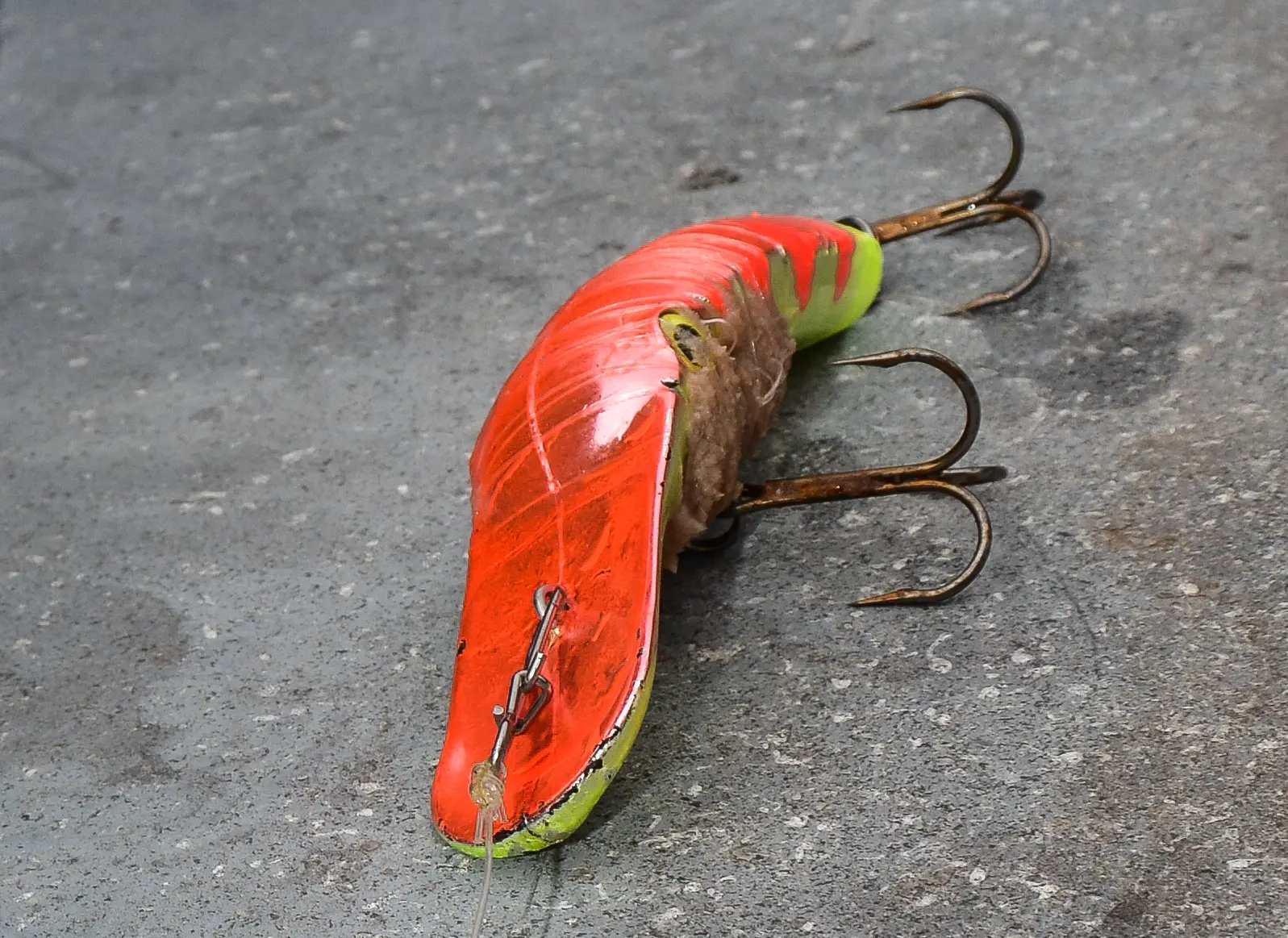Search
Latest Articles
Columbia Rivers Upriver Brights
by Jason Brooks, September 05, 2021
Rivers also change from year to year. One of the best fisheries back in the early 2000’s was near White Salmon before they removed the dam. For the next few years after the dam removed the sediment made it impossible to fish, and is such like that each year with each spot to fish, it is a river, ever changing. So be sure to not only read the regulations but also read the river and be careful until you know where the channels have shifted too. Here is more info on where to find September’s Upriver Bright’s and how to catch them.
Early morning often means trolling plugs such as MagLip 4.5’s, Brad’s Killer Fish K14’s and Luhr-Jensen Kwikfish K14’s. Popular colors are ones that glow in the dark and be sure to illuminate them with a quick flash from a cameral flash or intense flashlight. One trick it so take a coffee can and cut an “X” in the lid allowing you to put the plug inside with the flash and then hit it with the light which bounces off of the can to hit all sides of the plug as well as it won’t blind you so you can still see if you are about to run into another boat. The plugs should be pre-wrapped with a sardine fillet and a 4-ounce dropper attached to a swivel 3 feet in-front of 30-pound leader. Drop it down to the bottom and then reel up a couple of cranks. Keep an eye on the fish finder and if you see suspended fish then raise a plug or two up to their depth.
Herb Good is legendary in the fishing world and perfected the technique of “hover fishing”. One of my very first times ever trying this technique was while fishing with Herb. He gave us a quick Hover Fishing 101 class explaining that the Chinook will be stacked up in deep slots along the bottom cooling off in the water coming from the Big Columbia’s tributary. The idea was to keep the bait in their faces long enough that they grab onto it. Herb explained how the Chinook will just grab the bait in their mouth and hold it. As the boat drifted in the current we would see the rod tip slowly drop. He explained the key was to hold the rod in your hands and keep the rod tip 6 inches from the water at all times. The rods were just over 7 feet long, with a stout back and a fast action tip. This allowed the rod tip to bend as the fish held the bait in their mouth as we moved away. Once the rod tip hit the water surface we put the backbone of the rod to use and set the hook much like you would if you were jigging. He gave us a reminder to keep the weight two cranks off of the bottom and check it often. This kept the bait in the zone of resting fish.
For Hover Fishing put on 2-ounce weights with 3 foot leaders of 20-pound mono tied to a size 2 hook. Drop it down to the bottom and once it hits reel it up two cranks. Then hold on and wait for the bite. The bite will be a slow pull, not a violent strike, and if you feel a small “tap, tap, tap” then that is likely peamouth. A Chinook will be even more subtle than the 10 inch peamouth. When you do feel that slow pull down be sure to set the hook hard to drive the small hook into the roof of the mouth of the chinook. What can make a big difference in hover fishing is the eggs. A few years ago we had been fishing all day with a few bites and then I sprinkled on some Pro-Cure Slam-Ola powder and got bit immediately. Testing the theory everyone who sprinkled on the powder got bit and those who didn’t use the additive didn’t get bit. Be sure to take along different cured eggs and some with additives such as Pro-Cure’s Monster Bite or powdered Tuna. These fish have eggs suspended in their face all day long. The difference can be as simple as an additive, color, or cure type.
Where to fish: The Upriver Bright prediction for 2021 is 345,200 which is nearly 55,000 more fish than what actually returned last year. This means it should be really good fishing throughout the month of September. Stay low early in the month and work your way upriver just as the fish do later in the month.
Drano is a summer steelhead producer and it’s not uncommon to catch a Chinook when bobber fishing prawns or eggs. As the summer turns to fall head back to the infamous “toilet bowl” area near the highway 14 bridge that is so popular for Spring Chinook and hover fish once you start marking Upriver Bright’s that have pulled in to rest in the cool water. Of course if you could hover fish for springer’s here you would clean up, but as etiquette goes, there is no way you can sit in one place anywhere near the highway 14 bridge during the spring Chinook fishery. However, the one tactic that has become extremely popular is to slowly troll prawn rigs with a dropper weight. This is essentially hover fishing but because you can’t stay put you keep you motor in gear and go as slow as you can keeping your offering in front of suspended fish for as long as you can. For fall fish give the prawn rigs a try as well as suspending bait. Of course you can never go wrong with pulling wrapped plugs no matter what time of year you target Chinook.
The Klickitat River is a “go to” destination river when it comes to fall chinook fishing. Here you can fish in the deadline area at the mouth where it dumps into the Columbia or you can make your way into the actual river channel and the steep canyon walls where you can catch fish in the calm waters out of the wind. Be sure to use caution when trying to motor up into the river as the sandbars change almost daily here, especially with fall rains and if it is windy then remember you still need to cross the big Columbia to get back to the launch. Small boats should not try this fishery or if you do then pay attention to the wind as it can become deadly very quick.
Most fish out in the deadline area and the boats near the channel marker will be hover fishing. Here when you find a school of resting chinook doubles, triples, and even then entire boat getting bit all at once is common. It can also be “slow” as the fish can be just about anywhere on the large sand flat, looking for the cool water. A depression in the sand a foot or two is all it takes for the colder water to settle and that is where the fish will be.
Another way to fish this area is to troll just outside of the hover fisherman. Pulling the wrapped plugs works very well and some will also pull 360-flashers with a plug cut herring or a Brad’s SuperBait or a Yakima Bait Company Spinfish, both stuffed with tuna fish and some Pro-Cure Bloody Tuna bait oil. Troll along the edge of the sandbar, and look for suspended fish on the sonar. Some anglers will troll in either direction while others will find trolling upriver tends to get more bites as the fish are facing upriver and as the gear passes them it incites them to chase and bite.
The Deschutes River dumps into the Columbia a few miles upriver of The Dalles, Oregon. Here you will find steelhead anglers heading to this “blue ribbon” river where no fishing from a boat is allowed and a special permit is needed to float it. But the salmon anglers will be concentrating in the Columbia, again in a deadline fishery, where they stack up just like the chinook. Hover fishing here is the main technique and expect a lot of company. Finding the fish is as simple as finding the river channel, but staying on top of the fish is almost impossible to do with so many boats in the area.
Each year it seems the regulations change but there are some great fisheries below and even right above the dams on the Columbia. Up until McNary Dam either a Washington or Oregon fishing license allows you to fish in the Columbia river itself, but remember if you go up into a river, such as the Klickitat you will need the appropriate state license. At each of the dams there is often a terminal fishery, where you can intercept the fish that are stacked up to go over the fish ladder. Each of these can be great places to fish but be careful of water being flushed downriver.
One of the most popular places to fish for fall upriver bright chinook is the famed Hanford Reach. This is the last free flowing stretch of the Columbia River with a salmon run. The Hanford Reach, just north of the tri-cities is also a spawning grounds for the large strain of upriver bright’s. Here you can catch a fish in the upper 40-pound mark with a few reaching into the 50’s and even top 60-pounds. At the turn of the 20th century fish of this size was common but over time the strain has been diminished. Now only the Hanford Reach puts out fish like this, as they use the large gravel and free flowing waters to spawn in. Vernita is the main launch location and can become very busy during the height of the fishery. Strong currents are the norm here and you better be able to fish safely in them, otherwise hiring a guide is recommended.
The upriver bright chinook is one of the most sought after fish in the Pacific Northwest. Fresh and full of oils they are comparable to spring chinook but their size is much larger. Hatchery fish are often in the mid-teens to upper twenty-pound range and if you are lucky you might hook into one of the Hanford Reach kings. Fall mornings are often best spent on the Columbia River chasing chinook.


